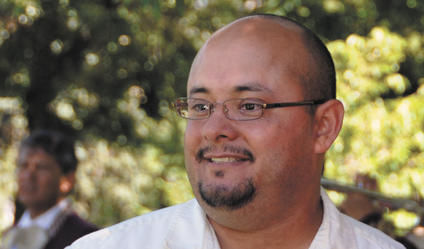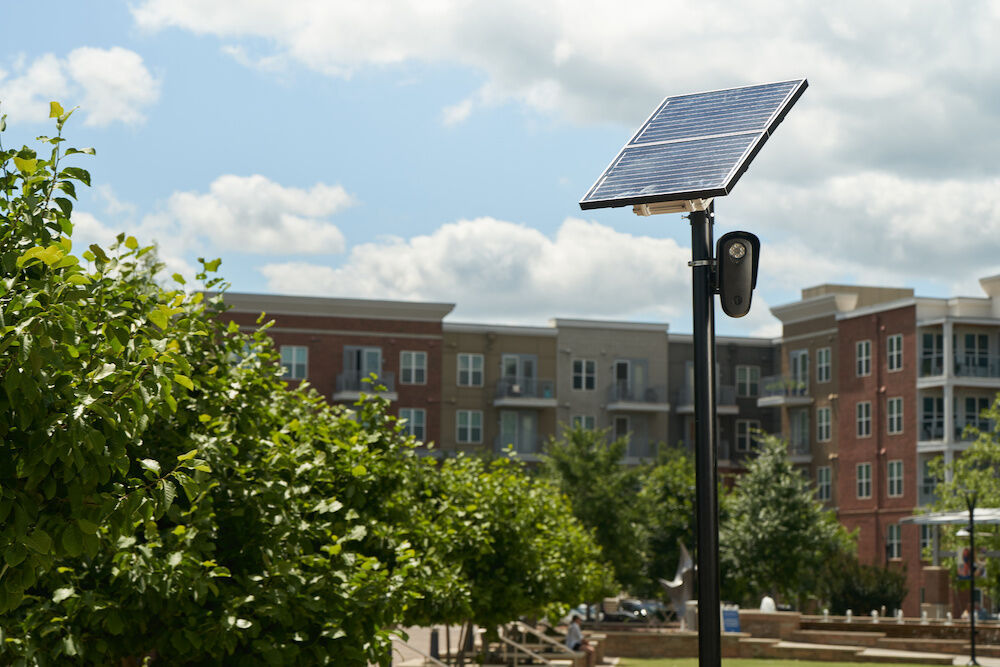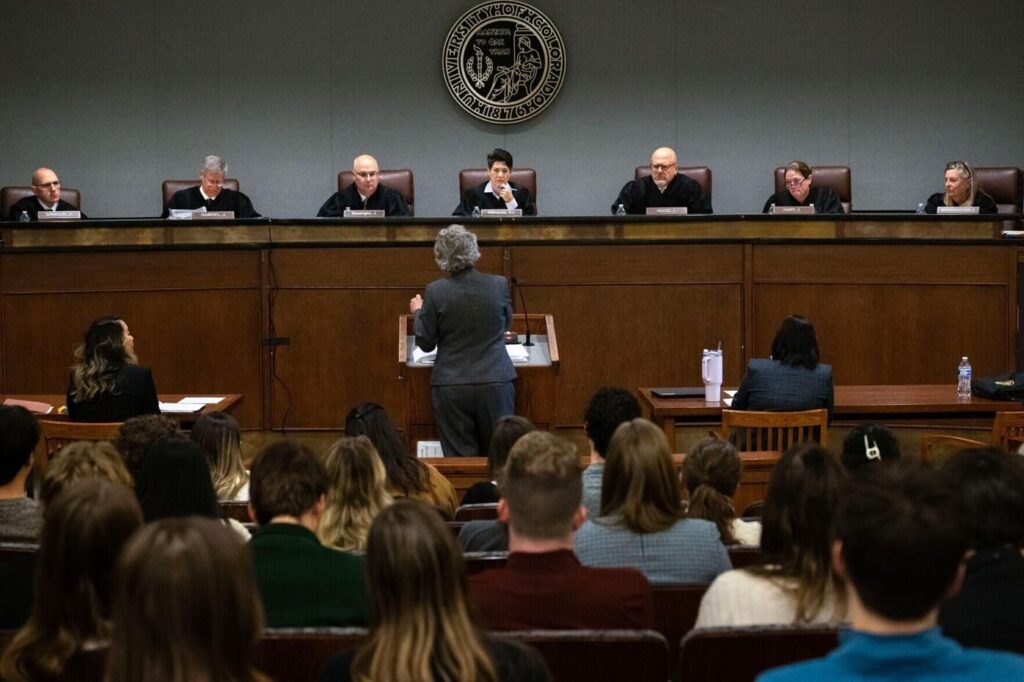Salazar: Fighting wildfires protects Colorado’s water supplies

Long-term drought has dramatically affected Western states across the Colorado River basin, and exacerbated the risk of wildfire in those areas. In addition to the tragic loss of human life, wildfires also threaten our homes, wildlife habitat, the places we hunt, fish and hike, as well as our drinking water. As the U.S. Congress considers a legislative response to the drought, it should also fix the way we pay for wildfires, as the two are correlated.
My family has owned farm and ranch land in Colorado’s San Luis Valley and in northern New Mexico for generations and, though I was primarily raised in Thornton, I am always aware of my roots. My heritage is steeped in cultivating the land and relying on clean water.

Communities in Denver and across the country get their drinking water in part from melting snow, headwater streams and other water sources that start in our national forests. The runoff from rain and snow that falls in our forests flows downstream. According to the U.S. Forest Service, national forests supply drinking water for one in five Americans.
For example, the Upper South Platte River, South Platte River Headwaters, St. Vrain River, Colorado River headwaters, and Blue River watersheds on U.S. Forest Service lands are the primary water supply source areas for Denver Water’s 1.3 million customers, and the utility actively works to protect our forests, accordingly. But wildfire puts these forest watersheds at risk.
Sediment, debris and ash flow downstream after wildfires and can impair water quality and require costly repairs to forest habitat, reservoirs and water treatment facilities. Following the 1996 Buffalo Creek and 2002 Hayman fires, Denver Water spent more than $26 million on water quality treatment, sediment and debris removal, reclamation techniques, and infrastructure projects.
Sometimes the Forest Service has limited ability to help address watershed restoration needs because its budget has already been raided for wildfire suppression. A new report from the Forest Service indicates that more than half of its budget is now dedicated to putting out wildfires, and the cost is rising annually.
Historically, Congress funds the Forest Service based on a 10-year average of suppression expenditures. But incidents of wildfire are increasing, and those fires are burning hotter. According to Wally Covington, a forest ecology professor at Northern Arizona University, chronic drought and higher temperatures mean that forests are dry and flammable. “This really isn’t rocket science,” one Weather Channel meteorologist said. “It’s dry outside so we’re not only experiencing more fires, but they are spreading more rapidly; they’re burning more efficiently.”
As USDA Secretary Tom Vilsack said recently, “climate change, drought, fuel buildup, insects and disease are increasing the severity of unprecedented wildfire in America’s forests and rangelands, which impacts the safety of people, homes and communities.”
With fire activity and costs steadily rising, the “10-year average” budget formula is now inadequate. Every year, fire suppression grows as a percentage of the agency’s budget, while budgets for all other programs shrink.
That kind of faulty budgeting puts at risk Forest Service restoration projects that help to reduce the danger of catastrophic wildfires. It means the agency has fewer resources to repair and reopen trails after wildfires or restore habitat for hunting and fishing opportunities. And inadequate Forest Service budgeting risks critical projects that protect our watersheds and drinking water supplies.
Fortunately, a fiscally responsible bipartisan proposal in the U.S. Senate would fund wildfire suppression in the same manner as other disasters such as hurricanes, and would help to rectify this imperfect budgeting process. Congress also needs to look at adjusting the 10-year average to ensure it accurately reflects rising costs; otherwise, the Forest Service estimates that by 2025, two-thirds of its entire budget could be spent on fighting wildfires.
As Congress considers legislation to address the chronic drought, it should also address the Forest Service’s ability to conserve our national forests and valuable water supplies.
State Rep. Joe Salazar, a Thornton Democrat, serves on the House Judiciary Committee.













